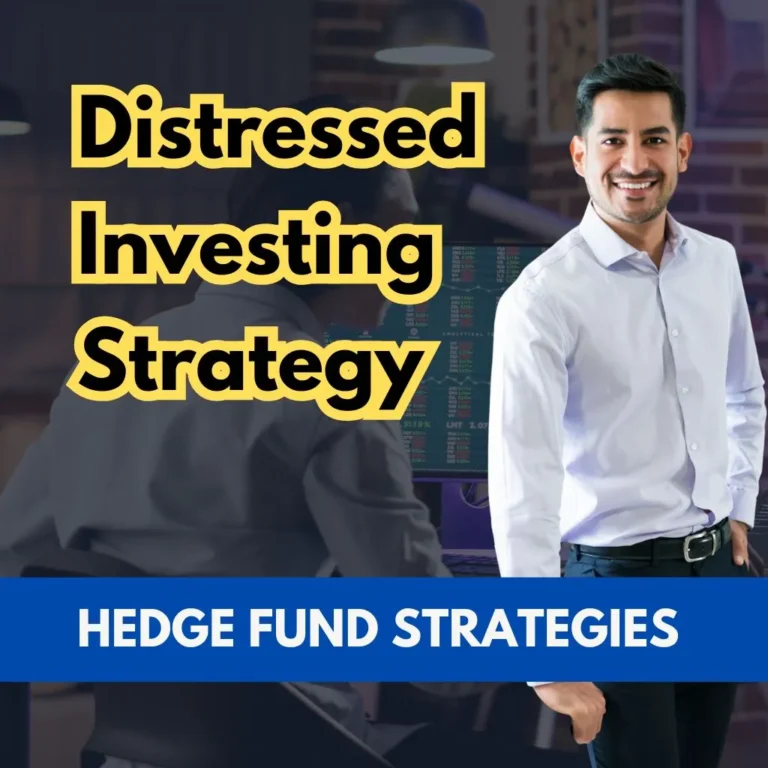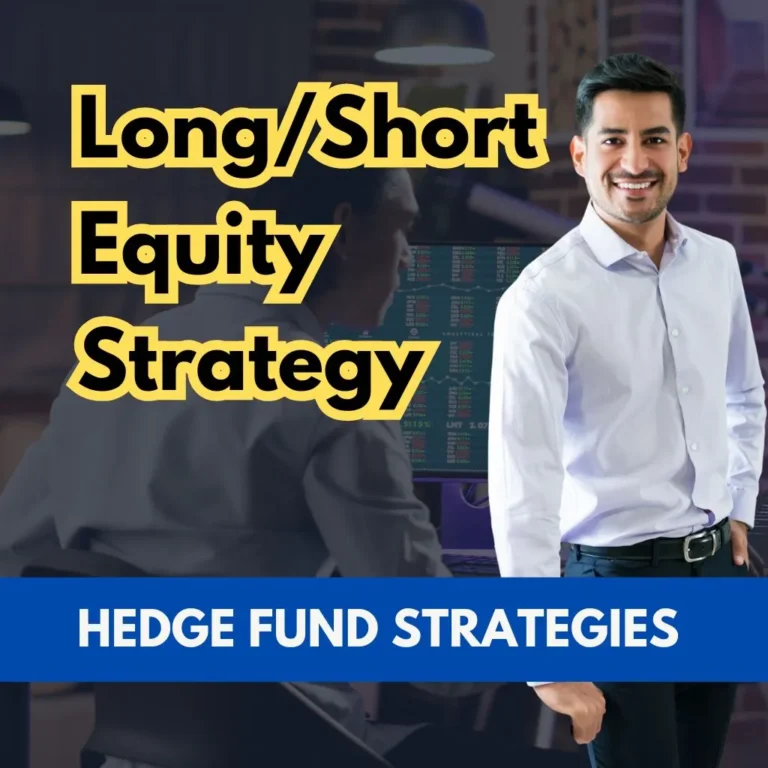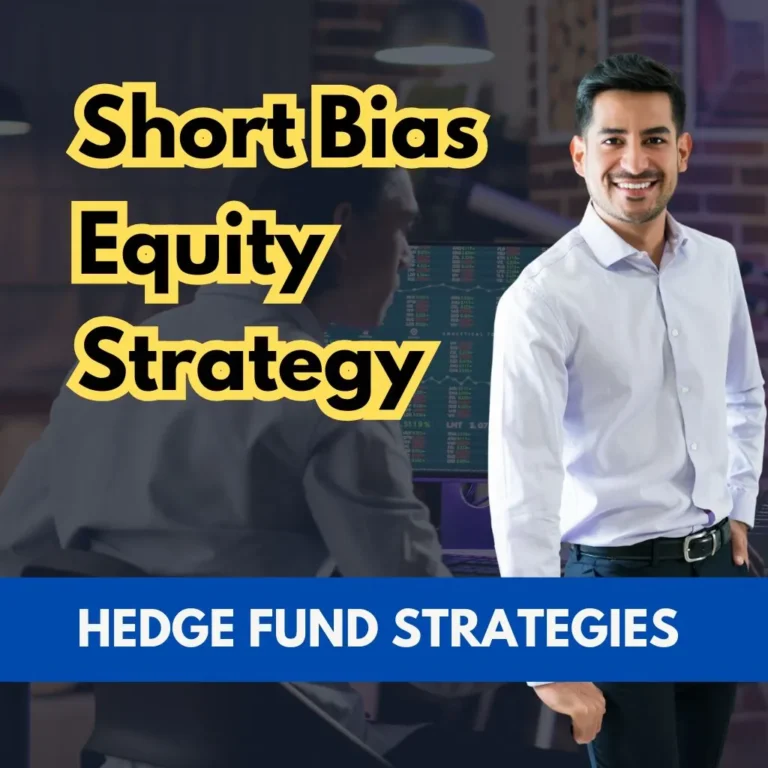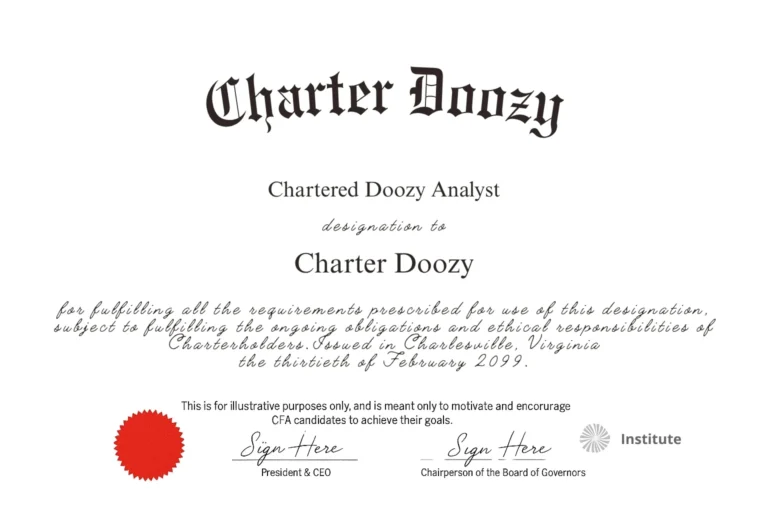There’s something strangely attractive about the idea of buying what others are desperate to sell. It takes nerve, precision, and patience… and that’s exactly what defines distressed investing, one of the most specialized and misunderstood hedge fund strategies in the game.
If you’re studying for the CFA exams, you’ve probably encountered the term in the curriculum under “event-driven strategies.” But the textbooks only go so far.
To really appreciate the art and edge of distressed investing, you have to zoom in on how it plays out in the real world—where bankruptcies are messy, timelines are unpredictable, and fortunes are made from ashes.
What Is Distressed Investing?
At its core, distressed investing is about buying the debt (or sometimes the equity) of companies that are in deep trouble. We’re talking about firms on the brink of default, already in bankruptcy, or undergoing major operational restructuring.
Their securities trade at steep discounts because most investors don’t want the complexity, legal mess, or perceived risk. But for certain hedge funds, that chaos is the opportunity.
The idea is to buy low (sometimes very low) and profit when the company either recovers or is dismantled in a way that repays creditors more than the current market price suggests. Distressed investors thrive on mispricing caused by fear, forced selling, and inefficient markets. It’s not for the faint of heart. But if you get it right, the returns can be significant.
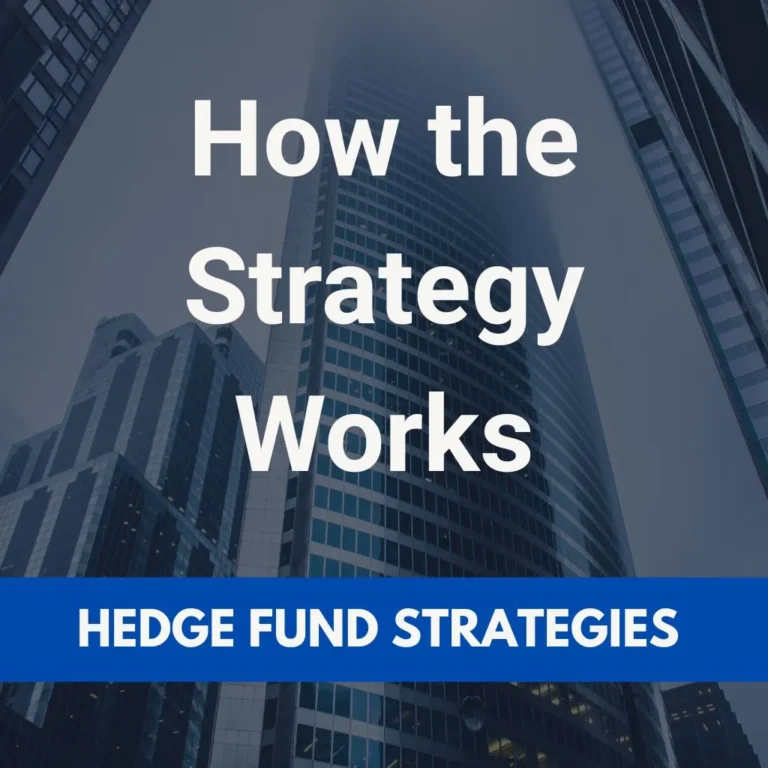
How the Strategy Works
Imagine a retailer with massive debt and declining sales. Creditors are pulling out, the stock price has collapsed, and the company files for Chapter 11 bankruptcy. Most investors walk away. But a distressed hedge fund steps in and starts scooping up the company’s senior secured bonds—trading at, say, 30 cents on the dollar.
Why?
Because they’ve done their homework. They’ve calculated that, based on liquidation value or a successful reorganization, those bonds might be worth 60 or 70 cents. Maybe more. Even better, by holding a large enough stake, the hedge fund can influence the restructuring process, negotiate favorable terms, or even end up owning part of the newly reorganized company.
This is where distressed investing gets interesting. It’s about numbers… but it’s also about strategy, legal know-how, and negotiation skills. The best funds aren’t just passively betting on recovery. They’re actively involved in shaping it.
Interested in Learning About Other Hedge Fund Strategies?
Real World Examples
Think of it like this: In 2008, some distressed investors bought Lehman Brothers bonds for pennies after the bank’s collapse, eventually profiting from asset recoveries.
During the European debt crisis, others bought sovereign debt of troubled nations, betting on bailout packages and restructuring deals. More recently, investors have targeted distressed energy companies and struggling retailers with valuable real estate.
Every case is different.
Some bets pay off spectacularly.
Others end in frustration and litigation.
That’s the nature of the game.
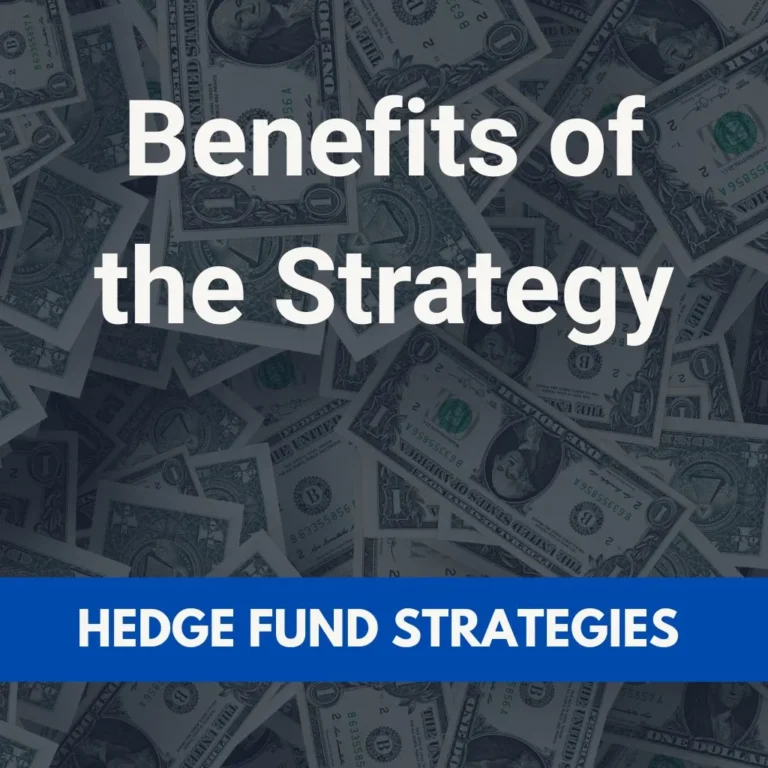
Benefits of the Strategy
Because it’s one of the few places where skill can consistently beat the market. Unlike passive investing, which relies on riding market trends, distressed investing demands deep due diligence, a contrarian mindset, and the ability to see value where others see ruin.
There’s alpha in uncertainty… if you can stomach it.
Also, competition is thinner. Not every fund wants to wade through bankruptcy filings and negotiate with creditor committees. That gives well-prepared hedge funds an edge. In a world increasingly driven by automation and quant models, distressed investing remains refreshingly human and complex.
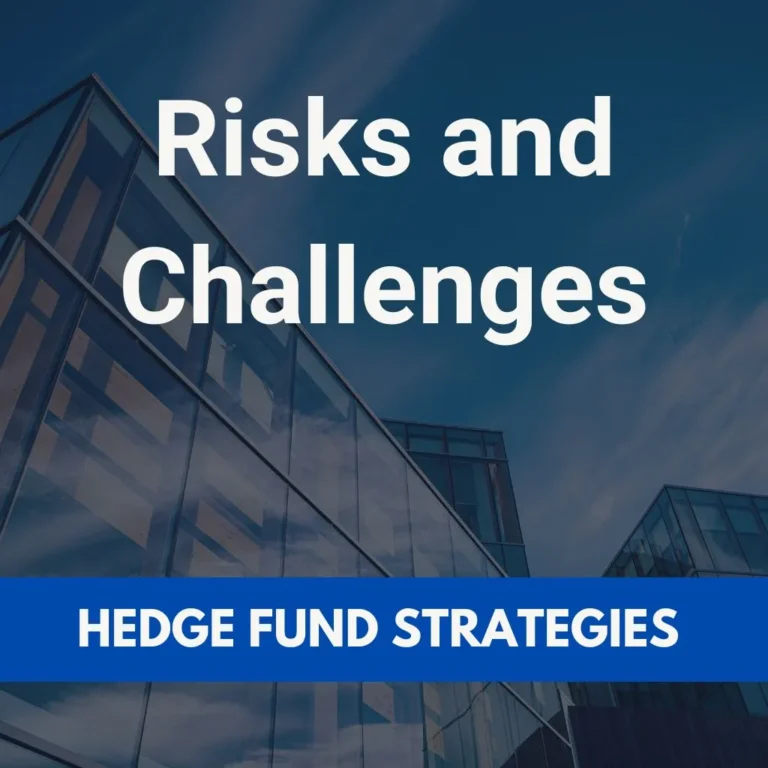
Risks and Challenges
This strategy isn’t for every portfolio. Companies in distress don’t always recover. Bankruptcy cases can drag on for years. Legal risks abound. And the securities themselves (often illiquid and opaque) can be hard to price or exit. One misstep, and your “undervalued gem” turns into a write-off.
Even worse, a surge of capital into distressed markets can compress returns. With more hedge funds chasing the same limited pool of deals, pricing gets tighter, and the margin for error shrinks.
So yes, the rewards can be huge… but the risks are real.
Final Thoughts
If you’re a CFA Level I candidate, you’re expected to know the basics: that distressed strategies fall under the event-driven umbrella, and that they involve buying underpriced securities of companies in or near default.
But if you’re serious about working in asset management or hedge funds, go further.
Learn to read a balance sheet through the lens of capital structure.
Understand what makes a senior bond more secure than a subordinated one.
Follow high-profile restructurings in the news.
Read up on major cases like Caesars Entertainment or PG&E.
And keep asking: Where is the opportunity in the crisis?
Because that’s what distressed investing is all about. It’s not just a CFA curriculum line item.
It’s a real-world battlefield where only the prepared survive.
